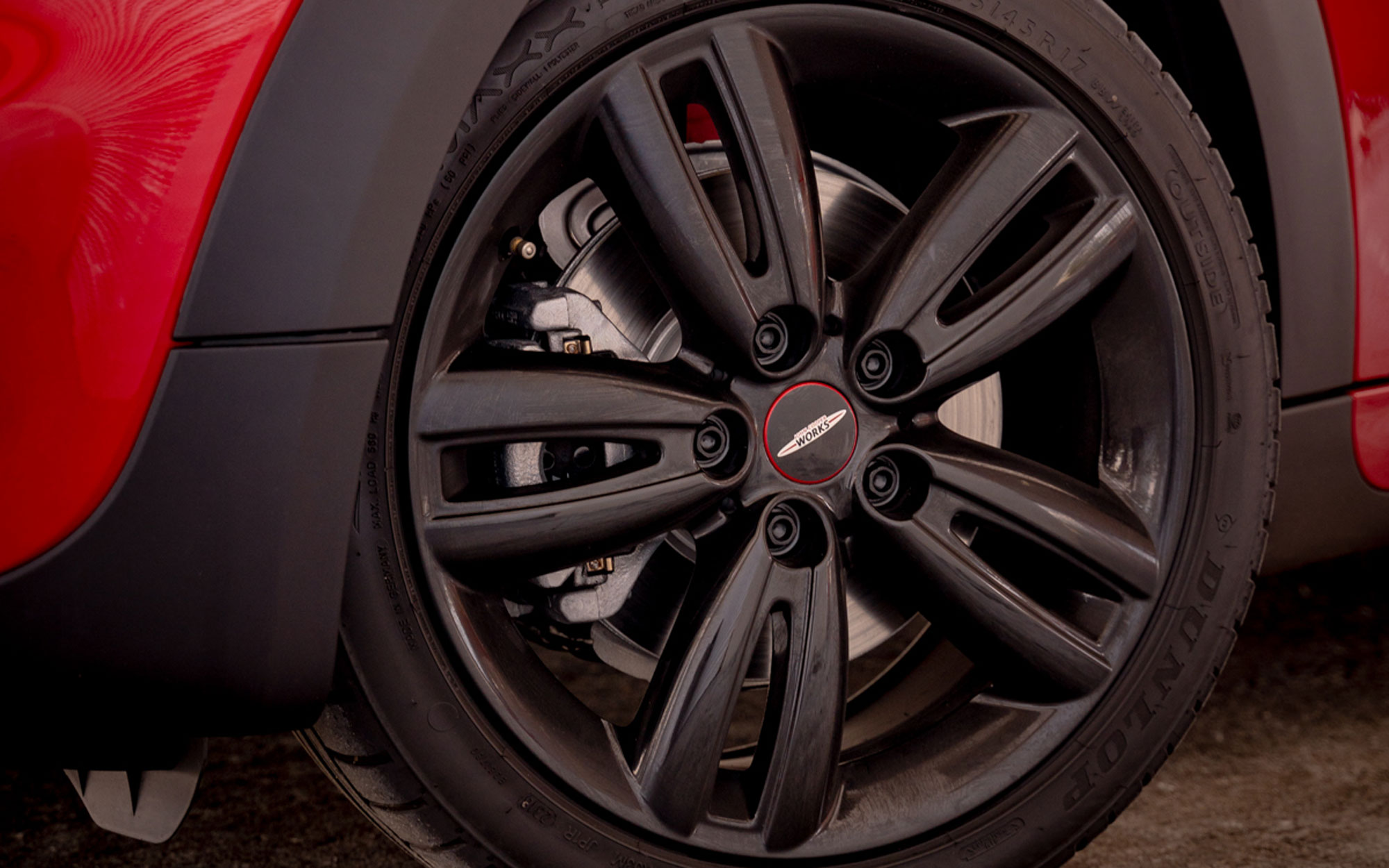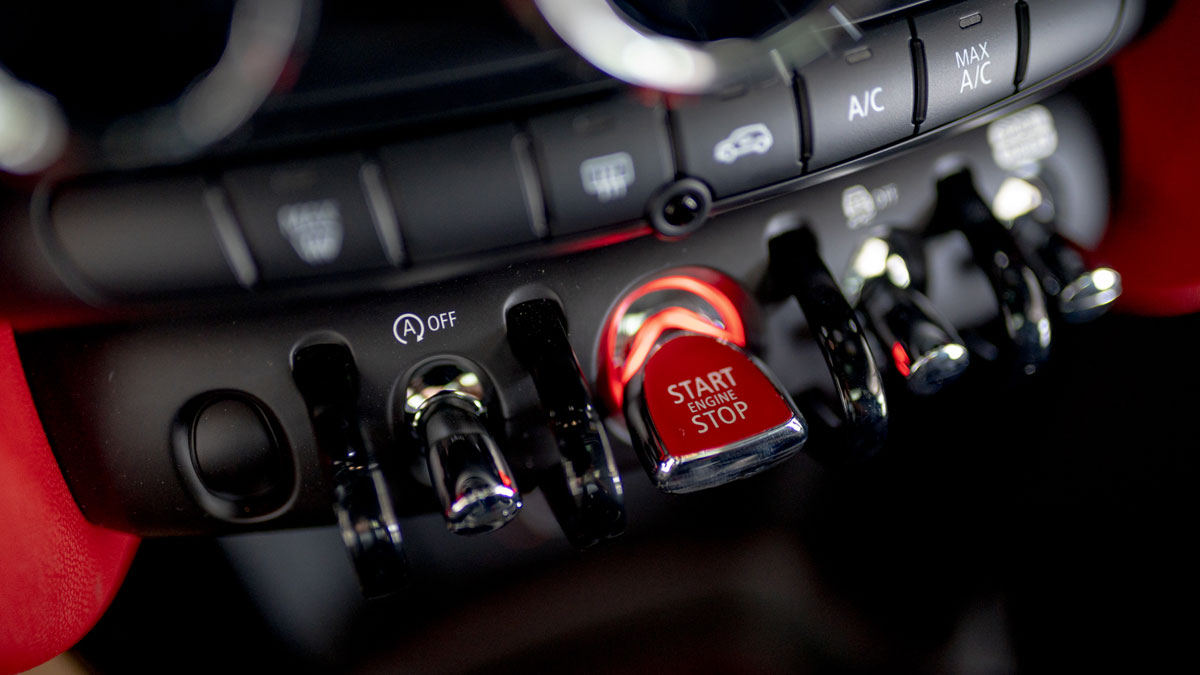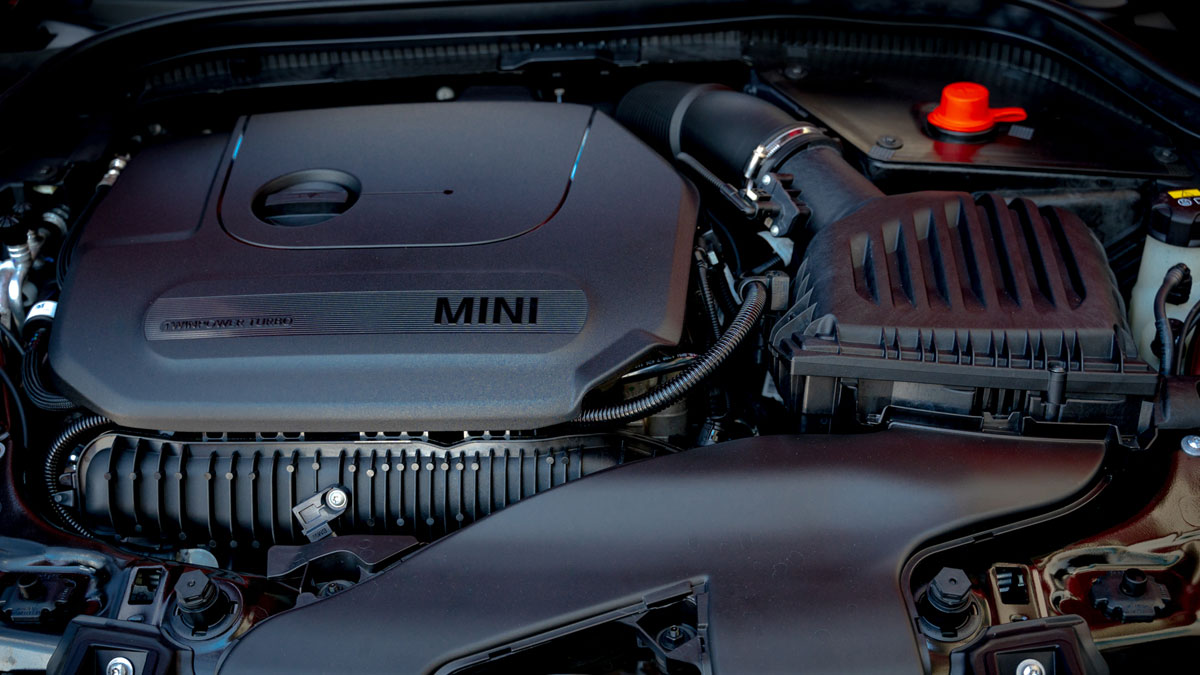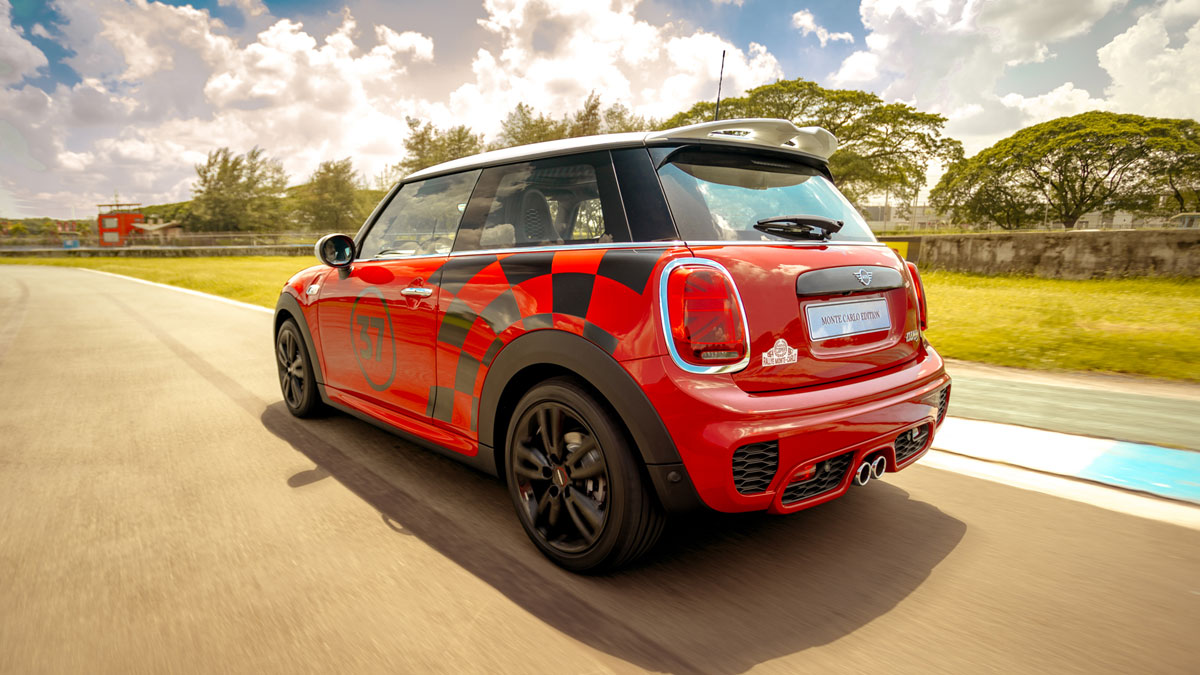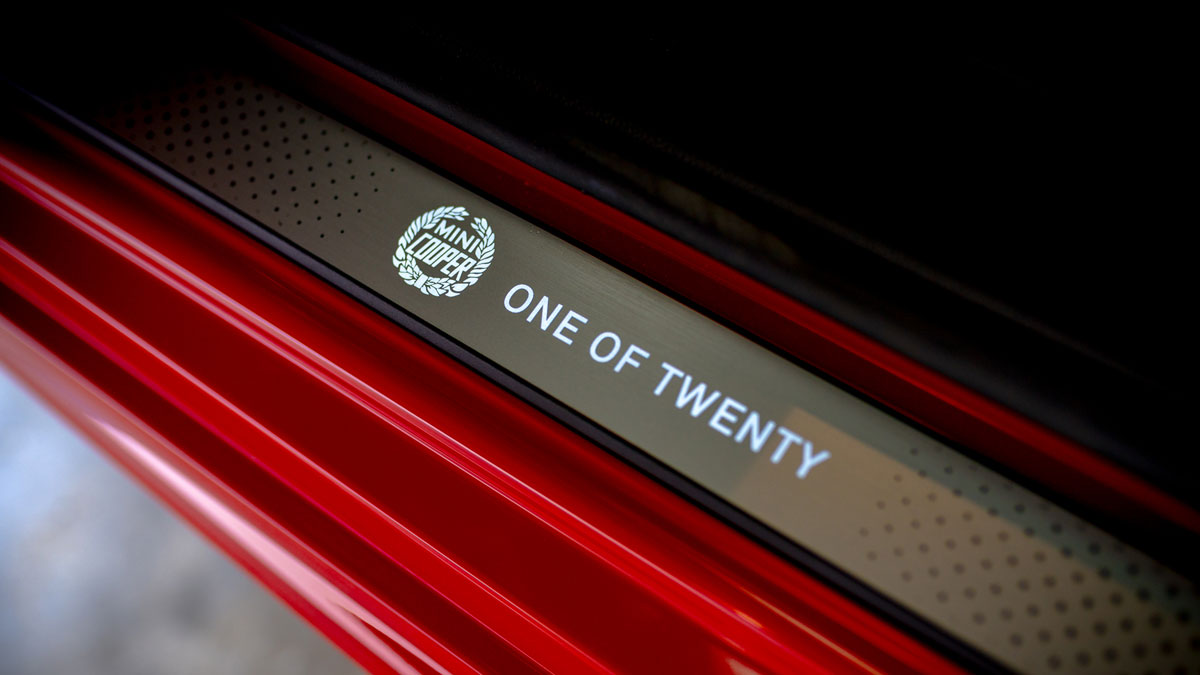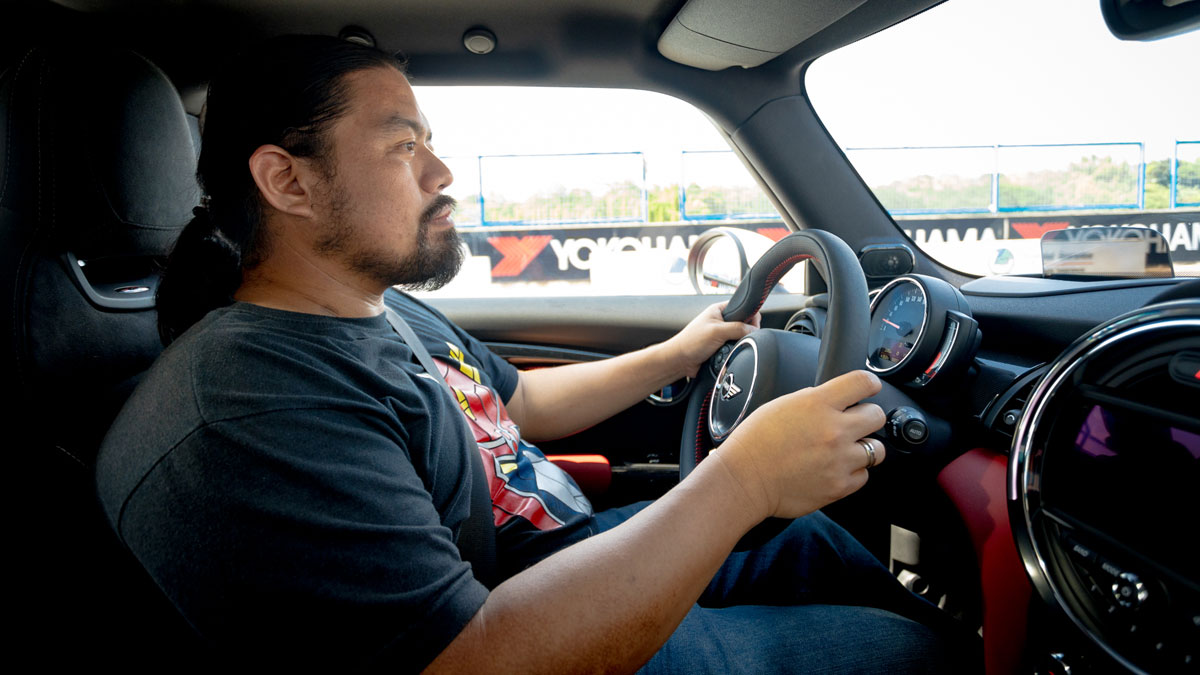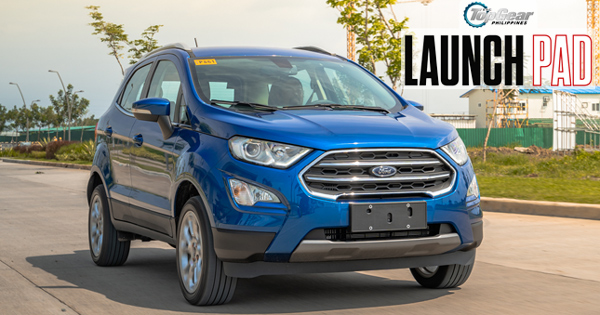From 1962 to 1963, the Saab 96 reigned supreme at the historic Rallye de Monte Carlo, with its goofy two-stroke three-cylinder engine and moon-faced Swedish pilot, Erik Carlsson. But this glory was short lived. The next four years would be dominated by a racing effort featuring a Greek-designed car run by a British racing team featuring a mad Irishman and two Flying Finns. This is the story of the Monte Carlo Mini.
Monte Carlo seems a million miles away from where I am standing right now, though. As the morning mists clear over Clark International Speedway, we’re standing around waiting for the crew to finish prepping our brand-new Mini. Last time I was here, I had a turbocharged Ferrari and the whole track to myself. Unfortunately, this was for a contract which involved driving in a straight line, stopping, and returning to the garage. Even with carte blanche to do as I wished, I couldn’t necessarily do anything fun with a car that expensive. In an expensive exotic, each and every one of Clark’s candy-striped curbs flashes like a neon ‘OFF LIMITS’ sign. Anything beyond a mild 8/10ths lap is strictly verboten.

